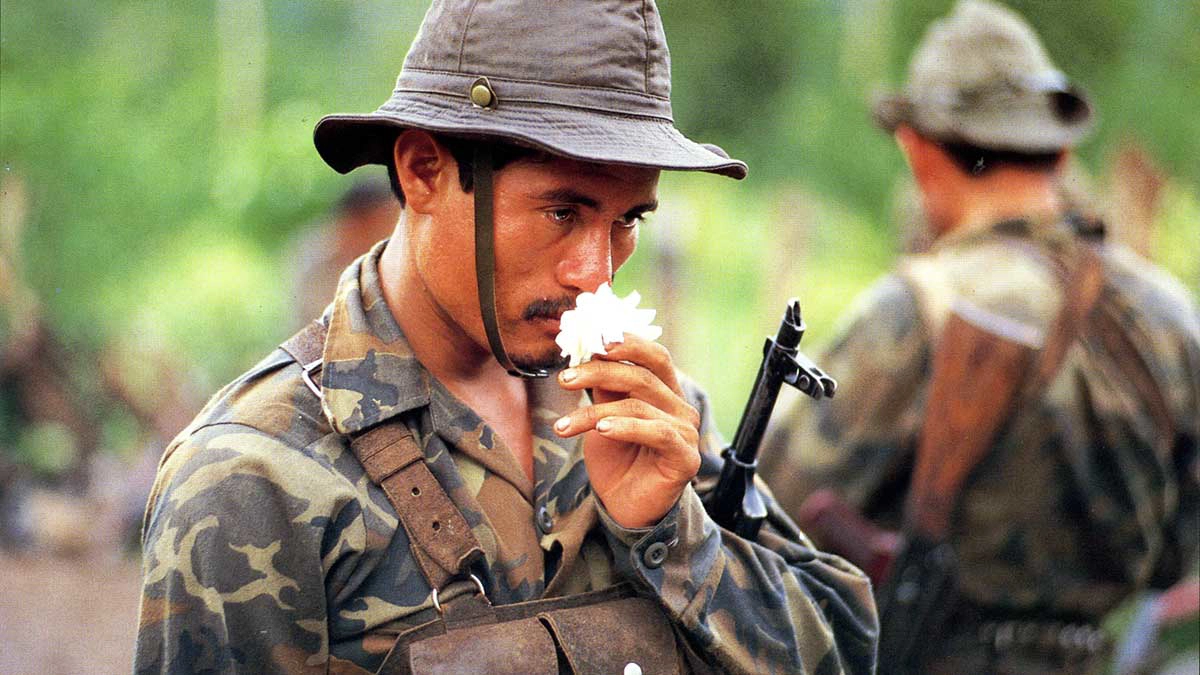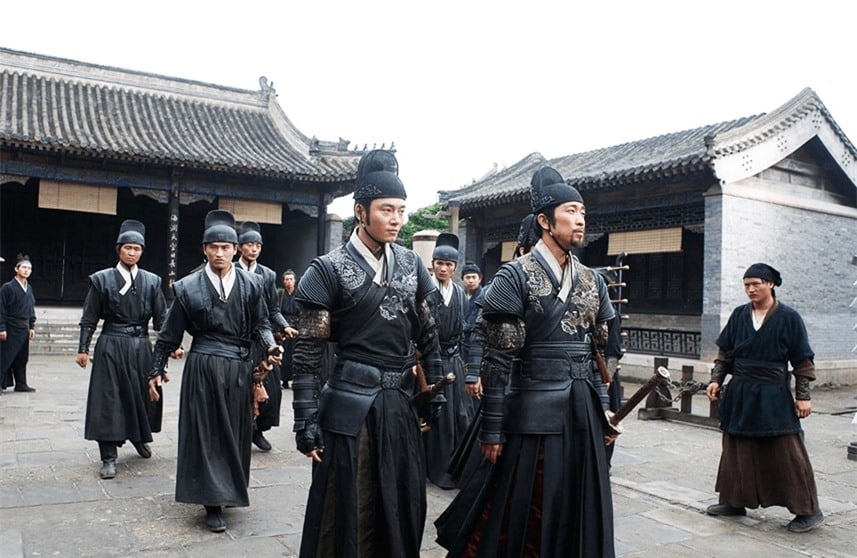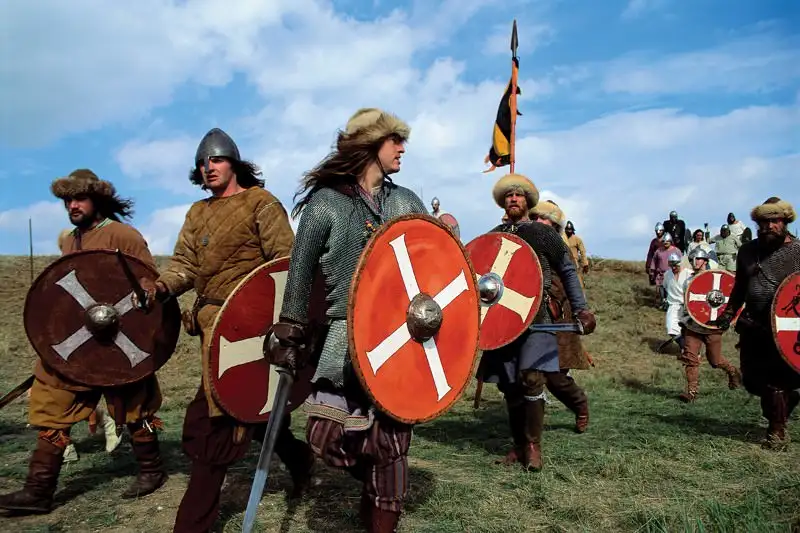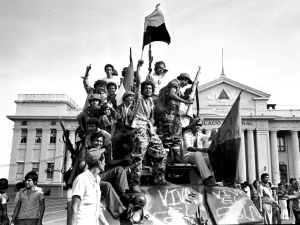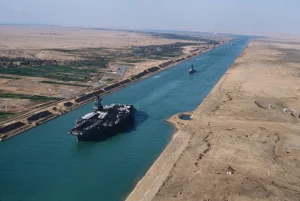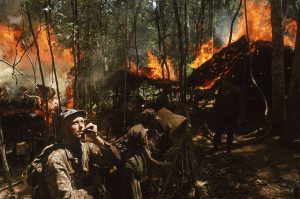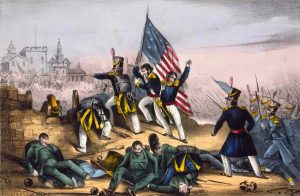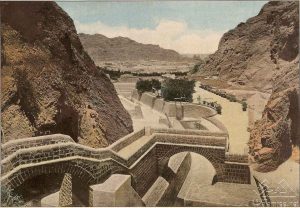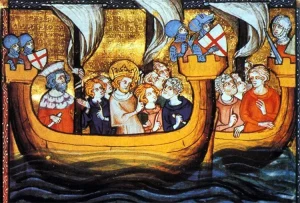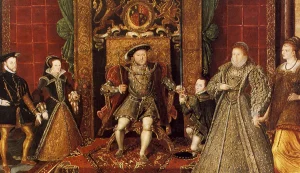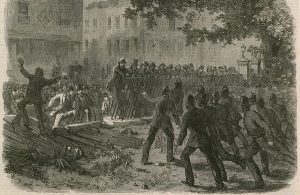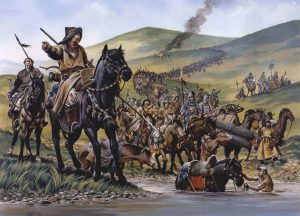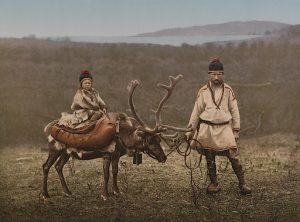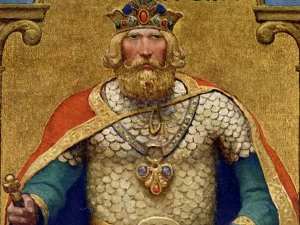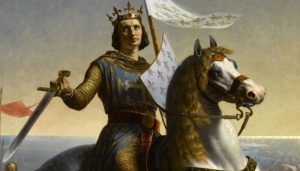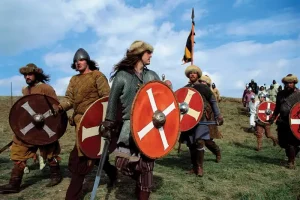Picture the Americas in the 20th century as a vast chessboard forever in play. From Mexico to the tip of South America, generations rose up against caudillos and oligarchies, experimented with ballots and barricades, and argued loudly about what freedom should look like. In Washington, another debate simmered: how far should the United States go to shape outcomes next door? During the Cold War especially, policymakers feared the dominoes of leftist revolution and the specter of Soviet influence. In practice, that fear—and an older habit of intervention—often translated into backing coups, covert action, and counterrevolutions that toppled elected leaders or steered new regimes.
What follows is the story of five such turning points. They didn’t all look the same—some were lightning strikes, others prolonged proxy wars—but together they trace a pattern: the use of power, overt and clandestine, to keep the hemisphere within a preferred ideological orbit. The human cost was counted in prisons and mass graves, in exile and silence, and in the long, hard labor of building democracy again after the guns fell quiet.
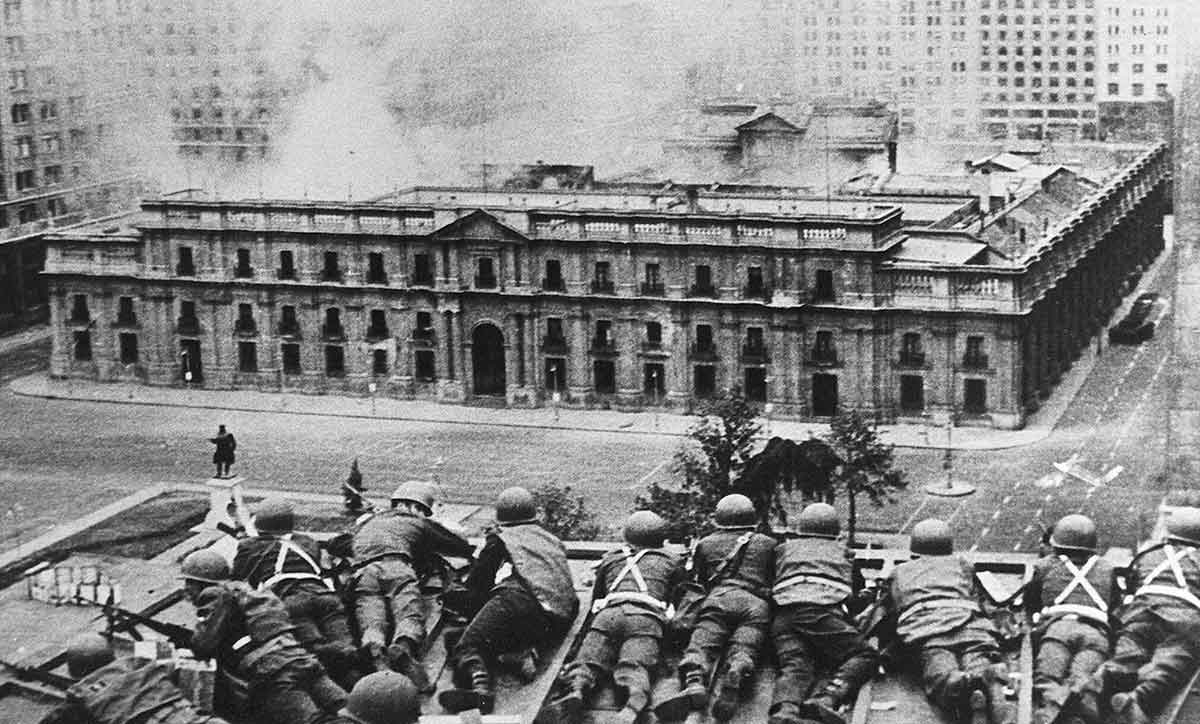
1) Chile, 1973: From “the Chilean road” to tanks at La Moneda
Salvador Allende came to power in 1970 promising socialism “in the Chilean way”—through ballots, not bullets. He nationalized copper and other key sectors, expanded social programs, and spoke of a more equal Chile. But the country polarized quickly. Business elites and conservative parties mobilized against him; strikes and shortages bit into daily life. To Washington, Allende’s closeness to Havana and his platform looked like an outpost of the Soviet camp on the Pacific Rim.
The seeds of intervention were sown early. Right-wing conspirators sought to block Allende’s inauguration in 1970; General René Schneider, a constitutionalist who opposed military meddling in politics, was assassinated in a botched abduction by extremists with ties to anti-Allende plots. The moment passed, but the idea did not. On September 11, 1973, Chile’s armed forces moved in unison. Fighter jets bombed the presidential palace, La Moneda, as troops stormed government buildings. General Augusto Pinochet emerged as the new strongman. Allende died that day inside the palace, a democratic experiment extinguished in smoke and fire.
What followed was a dictatorship defined by disappearances, torture, and the “Caravan of Death.” Markets were liberalized, unions shattered, and a new constitution entrenched military power for years to come. The United States recognized the junta rapidly and maintained close ties. For Chileans, the personal trauma still shadows public life: stadiums turned into prisons, books burned, families split by exile. For the region, it sent a chilling message about how quickly the rules could change when ideology met geopolitics.
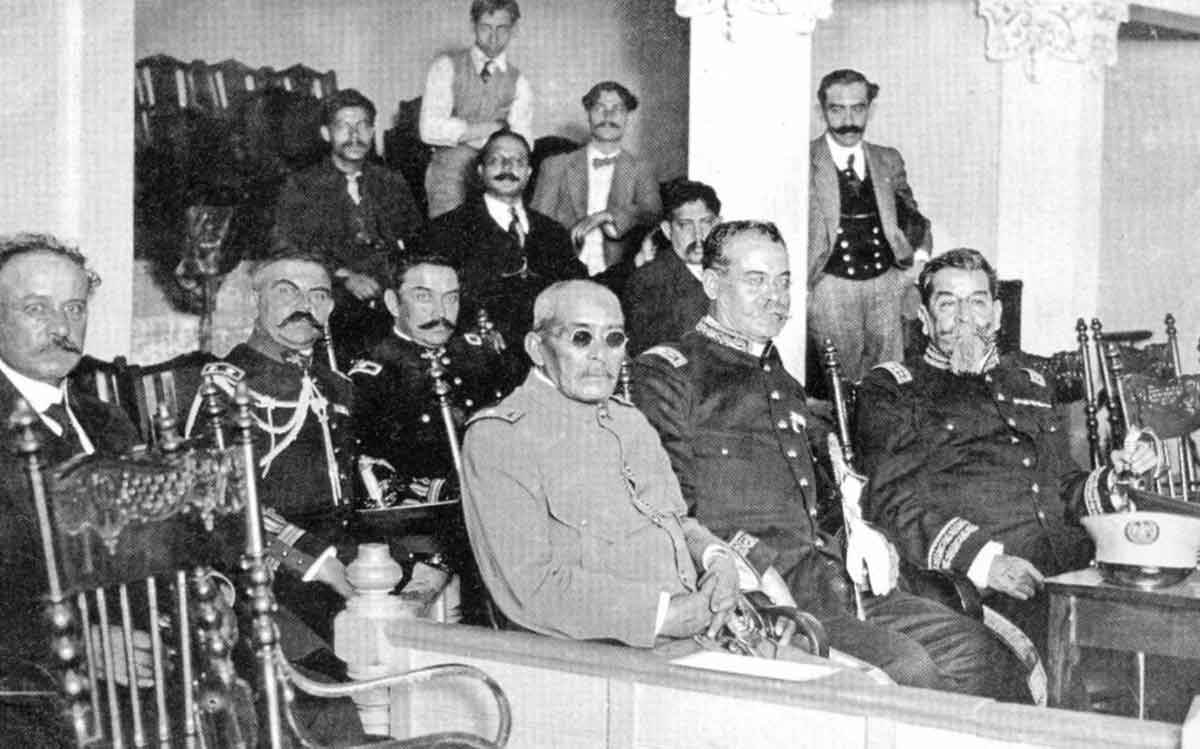
2) Mexico, 1913: The Pact of the Embassy
Years before the Cold War, Mexico’s revolution convulsed the old order. Francisco I. Madero, a wealthy reformer, unseated the long-ruling Porfirio Díaz and took office promising democracy. But he left much of the old state intact, including generals whose loyalties lay elsewhere. Among them was Victoriano Huerta—brusque, brilliant, and ambitious.
In the “Ten Tragic Days” of February 1913, artillery pounded Mexico City as rival factions maneuvered. Inside the U.S. embassy, Ambassador Henry Lane Wilson brokered a back-room understanding—the Pact of the Embassy—encouraging a solution that would sideline Madero in favor of a “strong hand.” Huerta switched sides, seized power, and Madero was arrested and later murdered. Though Washington would soon change ambassadors and policy, the damage was done: a coup midwifed in an embassy, legitimacy shattered, and the revolution hurled into a bloodier phase.
Huerta’s regime would not last. Constitutionalist forces rallied, Pancho Villa and Emiliano Zapata carved their legends, and foreign meddling became a rallying cry. The episode remains a stark early example of how external blessing—even when later withdrawn—can tip the scales in a fragile democracy and push a nation back into the furnace of war.
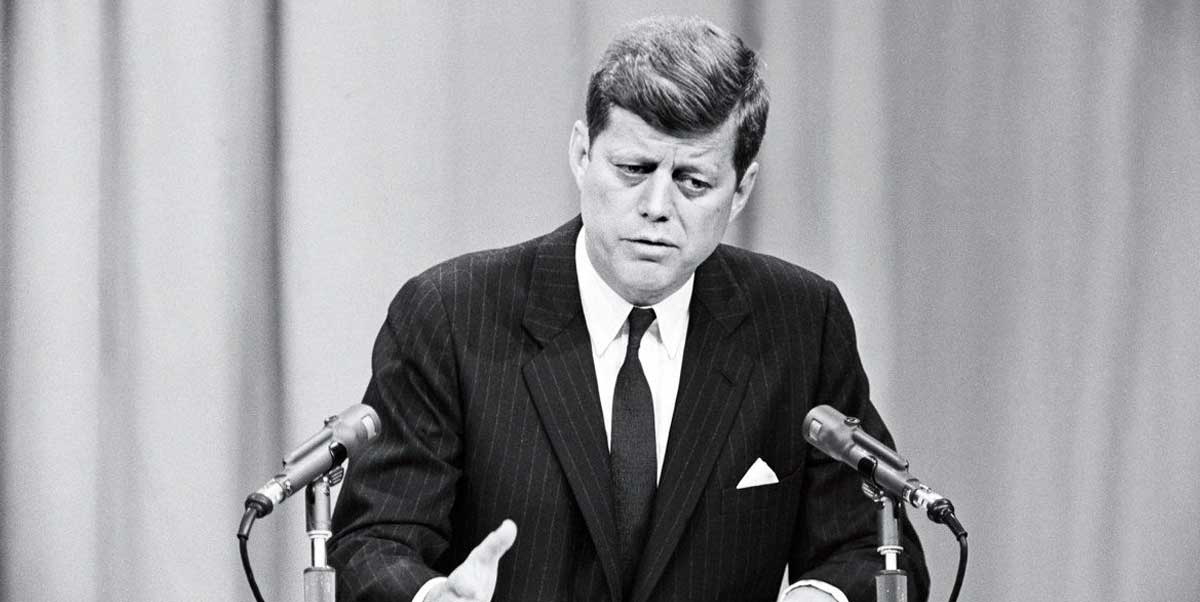
3) Cuba, 1961: The beach where the tide didn’t turn
After Fidel Castro’s rebels swept into Havana in 1959, the island became the Cold War’s brightest flare in the Caribbean night. Expropriations, a rapid pivot toward the Soviet Union, and fiery anti-imperialist rhetoric made Cuba both symbol and stake. The answer from Washington was covert: train Cuban exiles in Guatemala, assemble a small invasion force, and land them at Bahía de Cochinos—the Bay of Pigs—hoping the blow would spark a popular uprising and split the Cuban army.
The plan unraveled in daylight. Air strikes meant to cripple Cuban air power were scaled back to preserve deniability, and photos of U.S.-supplied planes painted with Cuban markings made deniability ring hollow anyway. On the beaches, exile brigades fought bravely but were outnumbered, outgunned, and unsupported. The anticipated mass revolt never materialized. Within days, survivors were captured or killed. The world watched the superpower stumble.
The humiliation hardened positions. Washington launched Operation Mongoose, a sprawling campaign of sabotage and subterfuge. Moscow answered with missiles, ushering in the 1962 Cuban Missile Crisis. For Cubans, the failed invasion helped cement the revolution’s siege mentality and legitimize an expanding security state. For the hemisphere, it signaled that the struggle over Latin America’s future would not be fought only in parliaments but in shadow wars and secret camps.
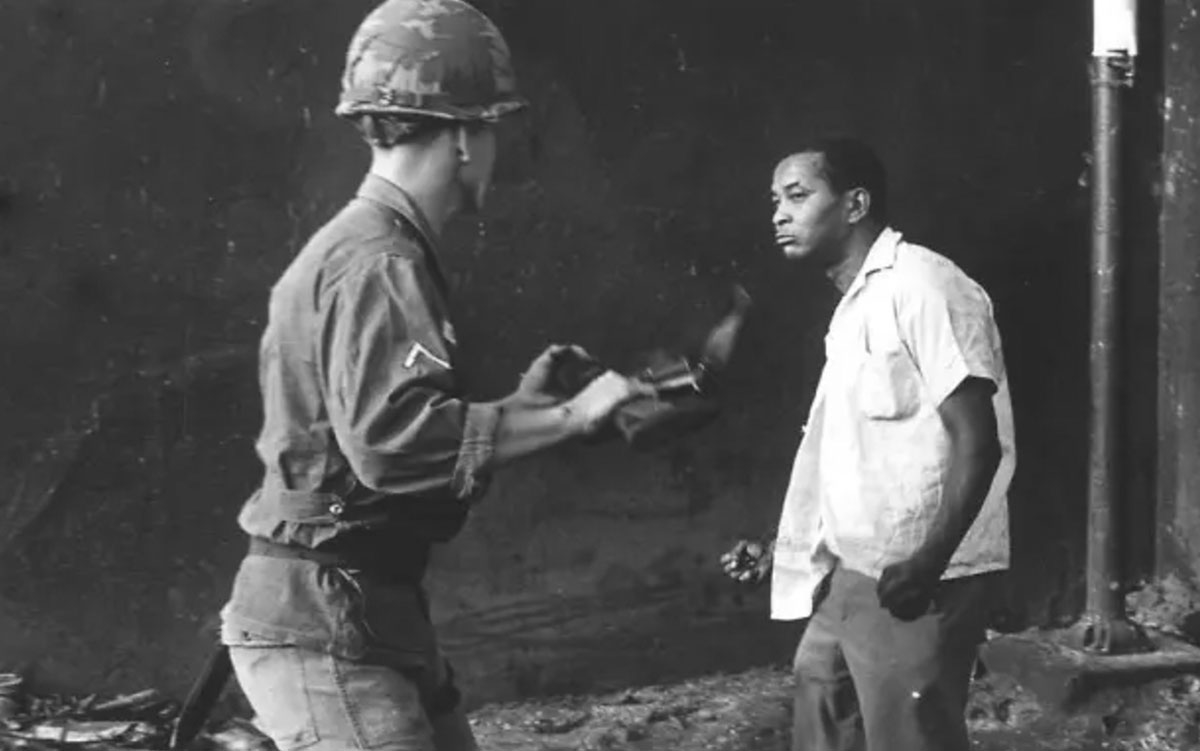
4) Dominican Republic, 1965: The occupation after the dictator
The Dominican Republic spent three decades under Rafael Trujillo, a brutal tyrant whose rule mixed ferocious repression with nationalist pomp. In 1961 he was assassinated in a plot that included weapons and tacit support that traced back to U.S. operatives. The question then became not just who would rule, but what kind of country would emerge from a dictatorship’s long night.
Democracy, briefly, looked possible. Juan Bosch, a left-leaning intellectual, won the 1962 election with promises of reform. But he soon faced intense resistance from conservative elites, the Church, and parts of the military. In 1963 he was overthrown. Two years later, a constitutionalist uprising sought to restore him and the 1963 constitution. Washington, fearing a second Cuba and seeing communist influence behind the rebels, landed Marines. The intervention, under the banner of the Organization of American States, tilted the battlefield and contained the revolt.
Elections followed. Joaquín Balaguer, a conservative with deep roots in the old order, won the presidency and presided over a long period of selective repression and cautious modernization. The civil war’s legacy—along with the memory of foreign boots on Santo Domingo’s streets—left a lasting imprint on Dominican political culture: a wary pragmatism, an intolerance for instability, and a sense that the great powers still kept a finger on the scale.
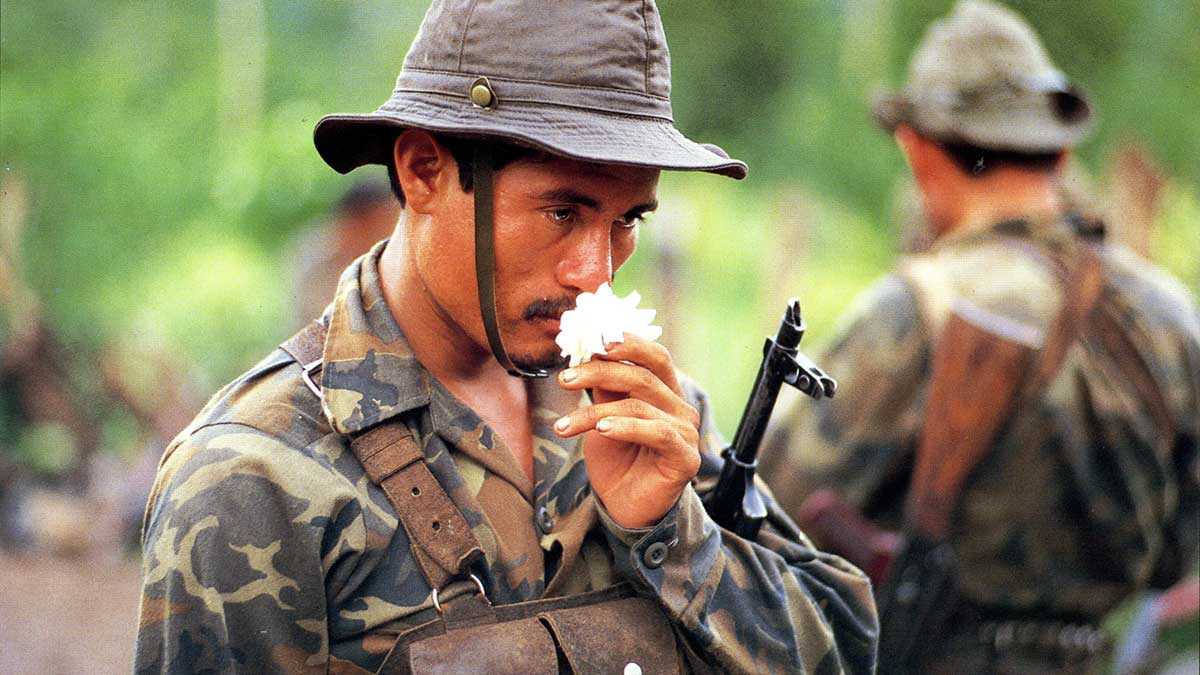
5) Nicaragua, the 1980s: Contras and covert channels
In 1979, the Sandinista National Liberation Front toppled the Somoza dynasty, ending decades of family dictatorship bolstered by U.S. support. The revolution promised literacy campaigns, land reform, and a realignment of foreign policy away from Washington. To U.S. officials, the Sandinistas’ Marxist orientation and ties to Havana and Moscow made Nicaragua a strategic red line in Central America.
Out of ex-National Guardsmen, disaffected peasants, and rival anti-Sandinista factions, a counterrevolutionary force took shape: the Contras. Funding and training flowed from U.S. channels, then were curtailed by Congress via the Boland Amendments, then rerouted through the shadows in the Iran-Contra affair—arms sold to Iran under embargo, proceeds funneled to the rebels. The war that followed was a grinder: ambushes and aerial resupply, sabotage and assassinations, contested elections and international court cases. Atrocities occurred on both sides; villages paid the highest price.
Exhaustion, diplomacy, and electoral surprise finally opened a door. In 1990, voters chose opposition candidate Violeta Barrios de Chamorro, who promised peace and reconciliation. The Contras demobilized; Sandinistas moved into opposition. For a time, Nicaragua turned the page—proof that even after a decade of proxy war, ballots could still outshine bullets. But the scars of that era—economic devastation, polarization, mistrust—remain etched in the country’s institutions and memory.
Why These Counterrevolutions “Worked”
No two countries are the same, and yet the mechanics of these counterrevolutions show familiar gears:
- Fear as strategy: U.S. officials often saw leftist reforms not as local experiments but as openings for Soviet beachheads. That lens amplified worst-case scenarios and made intervention feel like preemption.
- Elite alliances: Business magnates, conservative parties, and segments of the military in target countries frequently aligned with outside pressure, providing local muscle and a façade of legitimacy.
- Information warfare: Propaganda framed coups as “restoring order,” invasions as “liberations,” and proxy wars as “freedom fights.” In the fog, lines blurred between reformers and revolutionaries, between dissent and subversion.
- Institutional fragility: Young democracies with weak courts, politicized militaries, and deeply unequal economies proved easy to destabilize. A few strikes, a media campaign, a whisper in a barracks—and the ground shifted.
- International impunity: With global attention elsewhere or divided, consequences were rare. Statements flowed more readily than sanctions; commissions wrote sober reports that hungry people couldn’t eat.
This doesn’t absolve the revolutionary governments of their own failings—heavy-handed tactics, mismanaged economies, intolerance of opposition. But it reminds us that the field was seldom level. A superpower’s hand, invisible or otherwise, tips more than a scale; it can break it.
Aftershocks and Memory
The hardest part of any coup or proxy war comes after the headlines. Families look for the disappeared. Exiles discover how long “temporary” can last. The economy that promised deliverance from ideology sinks under debt and corruption. The textbooks change; the street names change; the silence at dinner tables deepens. Transitional justice arrives, if it arrives at all, in fits and starts: a truth commission, a trial, a plaque on a wall.
And yet, people rebuild. Chile returned to elections, rewrote parts of its constitution, and wrestled—sometimes messily—with the legacy of 1973. Mexico’s revolution, violent as it was, produced a constitution that still anchors political life. Dominicans found their way out of civil war into decades of relative stability. Cuba’s story is still being written, as is Nicaragua’s. Across the region, journalists, judges, teachers, and organizers keep the ledger—one that records not only suffering but also stubborn hope.
There’s a broader lesson here for the present. Geopolitics tempts powerful countries to imagine their neighbors as pieces to be moved rather than peoples to be heard. The record shows how quickly noble phrases—security, stability, development—can become masks for coercion. It also shows that external force rarely resolves internal contradictions; it just rearranges them, often at a higher human cost.
To read these five episodes together is not to deny the complexity of each case. It is, instead, to recognize a pattern that once felt ordinary and should never feel ordinary again: the short road from embassy intrigue to a midnight knock at the door; from a “limited action” to a generational wound. If we remember that, perhaps the next time a crisis ripples through the Americas, the default instinct won’t be to reach for the lever of force, but for the harder, humbler tools of diplomacy, patience, and respect.
History is not a courtroom with a single verdict. It is a conversation with the dead about how we might treat the living. In that spirit, the stories of Chile, Mexico, Cuba, the Dominican Republic, and Nicaragua invite us to listen carefully—to the clatter of tanks, yes, but also to the quiet courage of those who stood their ground when the ground kept shifting.

